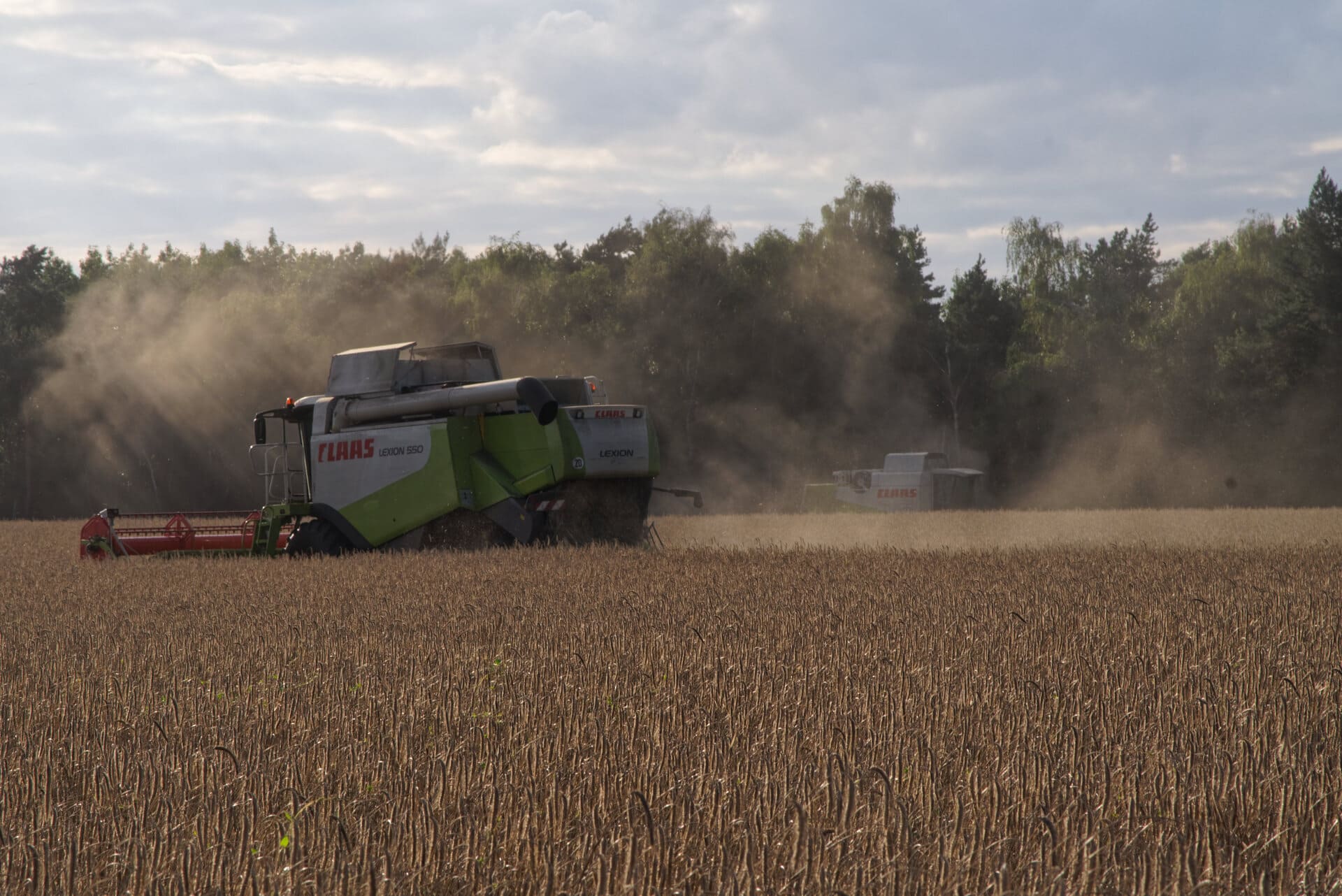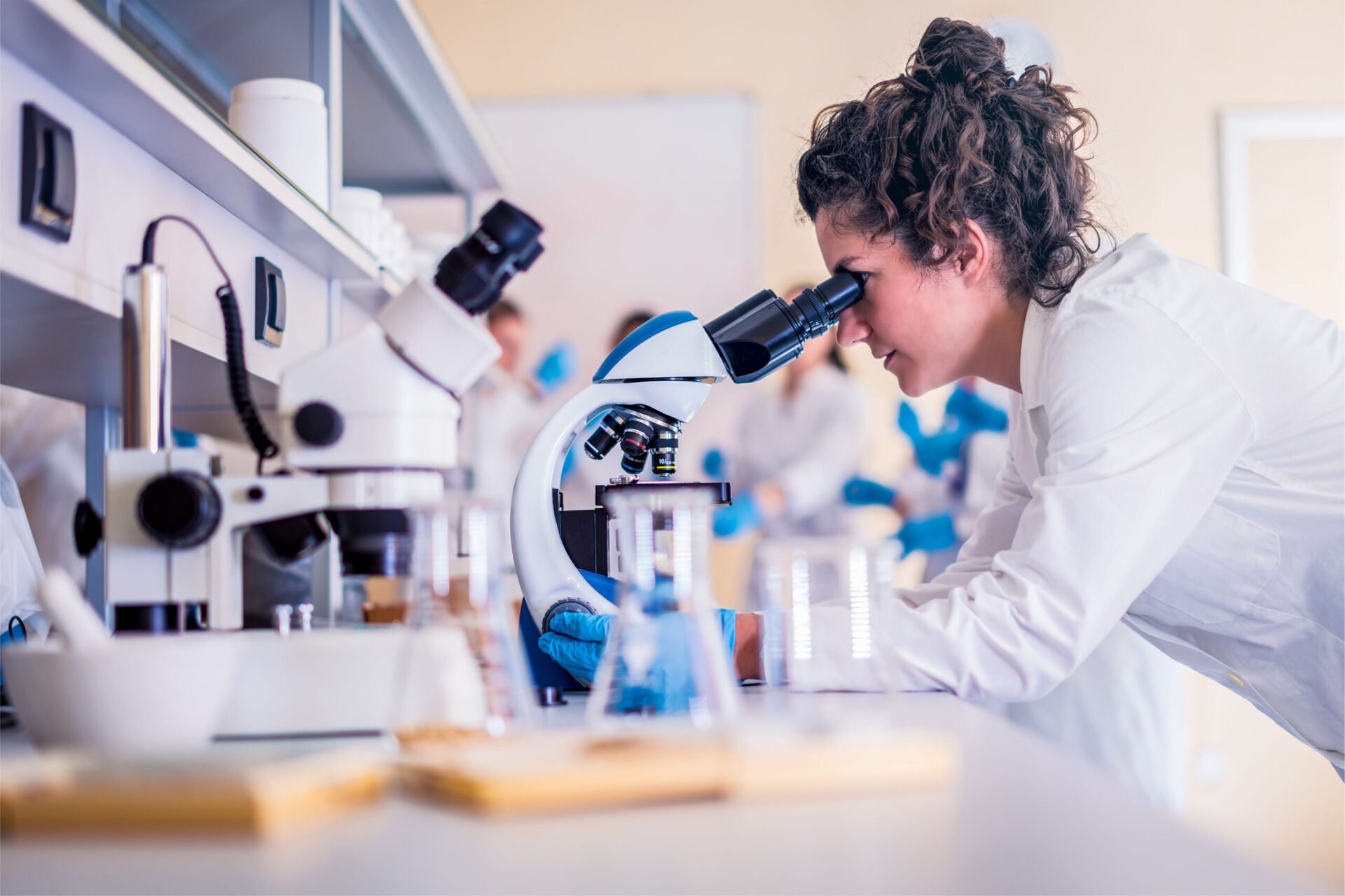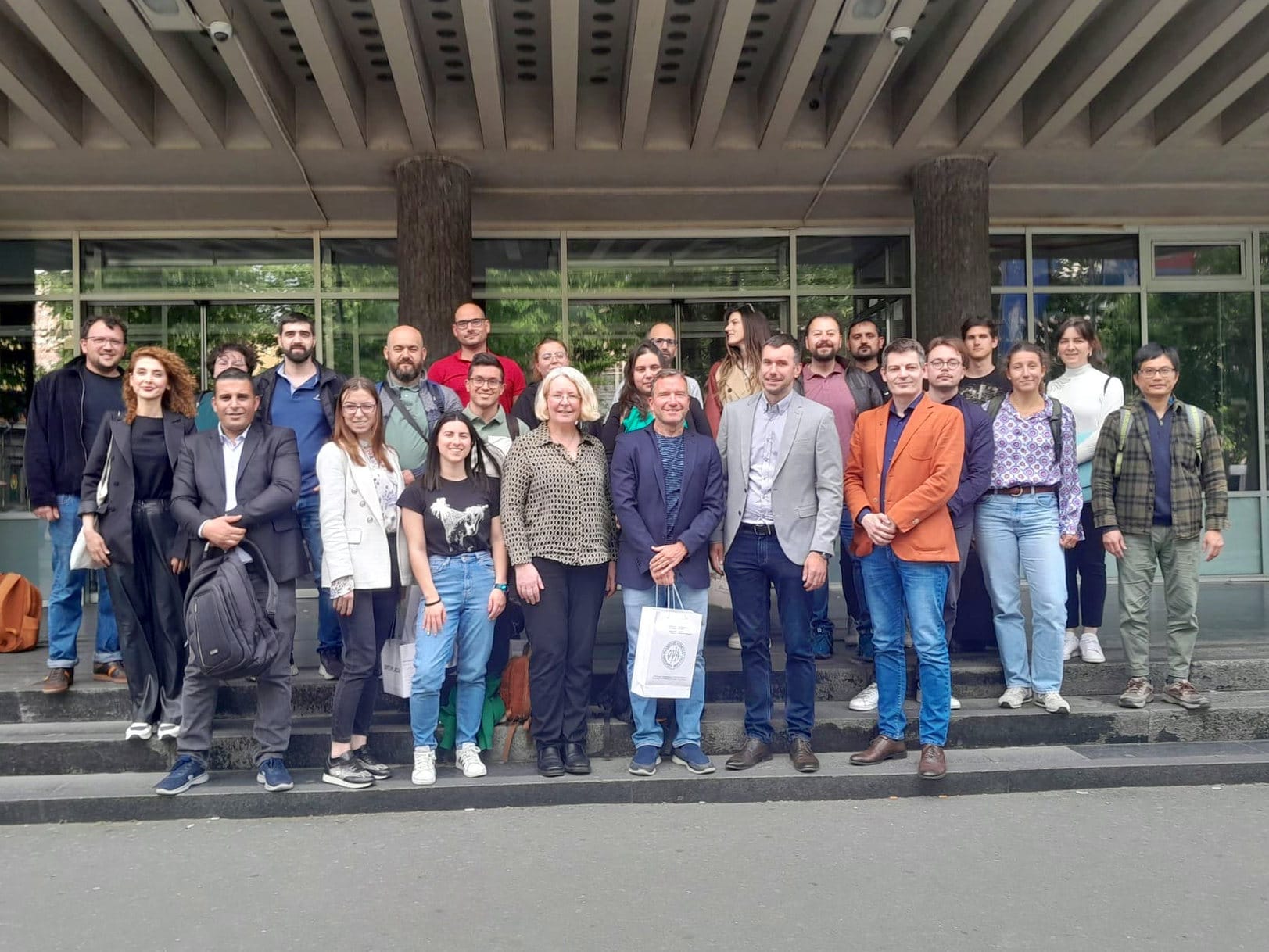Our first Action meeting took place on February 13-15 in Budapest (Hungary), hosted by Dr. Bálint Balázs and joining 40 WG members representing 19 countries (23F/17M; ~30% YRI).
The meeting gathered WG leaders and core leadership as well as task and subtask leaders for all WGs. The meeting was hybrid with WG members joining online and actively contributing to the discussion. Participants discussed timelines and responsabilities, identified challenges and proposes solution in an informal and fostering environment.
The recording for the plenary session can be found in (please note that there is poor sound quality in the first 27 minutes of the recording) here (passcode: qHf6=Y%g).






